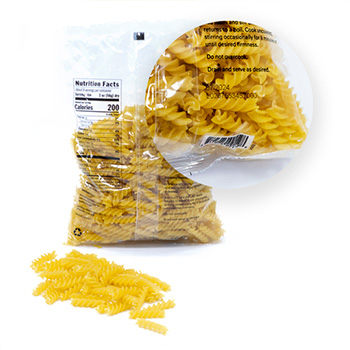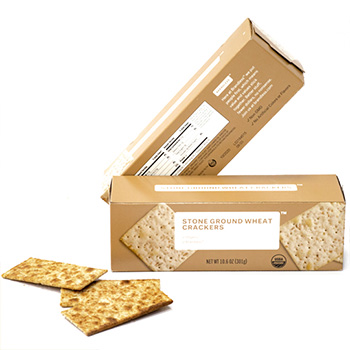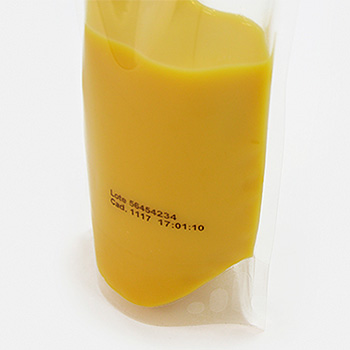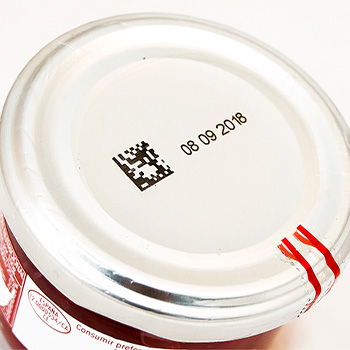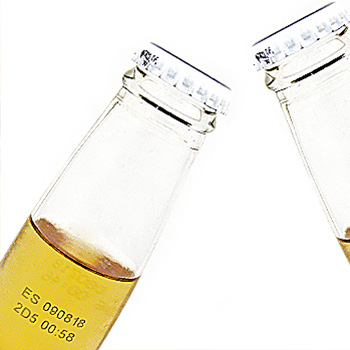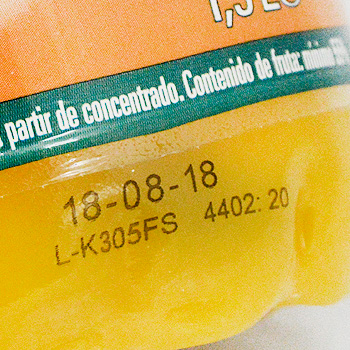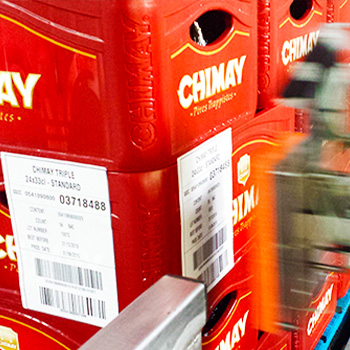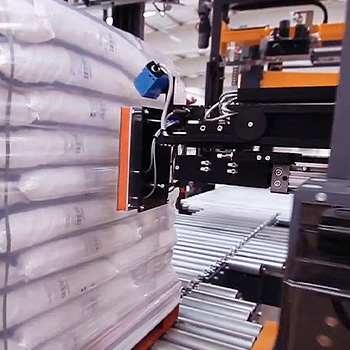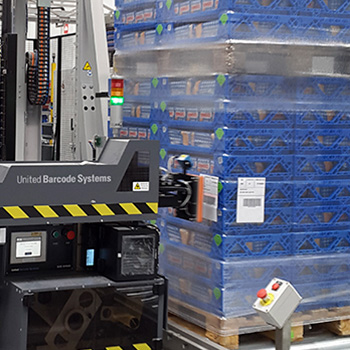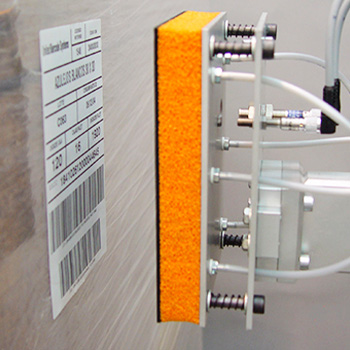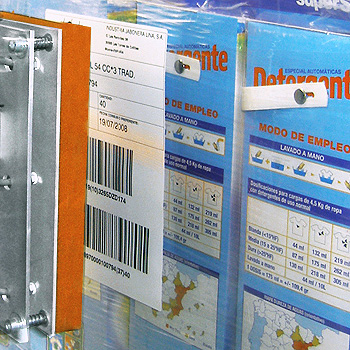Food product labeling is a critical issue to ensure safety and transparency in food supply chains. Manufacturers of industrial labeling machinery, such as United Barcode Systems, have an important responsibility to ensure that their equipment complies with the latest regulations and recommendations for food product labeling in the US.
CURRENT PRODUCT LABELING REGULATIONS IN THE UNITED STATES
Food labeling in the United States is regulated by the U.S. Food and Drug Administration (FDA). The most recent regulation regarding food product labeling in the United States is the Food Safety Modernization Act (FSMA), which came into force in 2011. Within this law is the Food Traceability List (FTL), which contains the rules for food labeling and mandatory nutrient declaration according to the stage of the product.
The FTL dictates that the product once labeled on its first package must include:
-
The list of ingredients
-
The serving size
-
The amount of calories per serving and nutritional information, including the amount of fat, saturated fat, trans fat, cholesterol, sodium, carbohydrates, dietary fiber, sugars and protein.
In addition, packaged foods are required to include allergen information in the ingredient list.
If the food is being imported from abroad, it is necessary to access the Code of Federal Regulations, number 21 Part 1, which explains the specific regulations for each type of product.
Regarding recommendations, it is important to mention that the FDA has established the Guidance for Industry: A Food Labeling Guide, which establishes guidelines for the presentation of nutrition information on food labeling. This guide recommends that nutrition information be presented in a clear and legible manner, and that contrasting and easy-to-read colors be used.
IMPORTANCE OF FOOD SAFETY AND LABELING EQUIPMENT MANUFACTURERS
For industrial machinery manufacturers that offer solutions for food product labeling, such as United Barcode Systems, it is important to take these regulations and recommendations into account when designing and manufacturing equipment. Any printing, labeling and coding equipment must allow mandatory and recommended data to be legibly and clearly displayed on the packaging, in addition to complying with the food safety requirements set out in the regulations.
Food product labeling is a crucial tool to ensure food safety. The information included in the labeling allows consumers to know the characteristics of the product they are acquiring, from its composition and expiration date to the possible allergens it may contain. In addition, in the event of a product safety problem, labeling can help to locate the source of the problem and prevent its spread.
The World Health Organization (WHO) recommends including warnings about the potential health risks associated with excessive consumption of certain nutrients, such as sodium and added sugars.
HOW TO DESIGN A LABEL FOR A FOOD PRODUCT?
If you are looking to design a label for your food products, you will need graphic label and message design and editing software.
UBS DESIGNER software is a multi-language program with a WYSIWYG interface that allows users to create their messages for their labeling, coding, and marking equipment. Thanks to UBS DESIGNER it is possible to edit all types of fixed and variable texts (Excel, Access, SQL, CSV), images, logos, dates and barcodes complying with GS1 standards.
HOW TO LABEL A FOOD PRODUCT?
To label a food product, we must first consider whether it is in primary, secondary or tertiary packaging.
WHAT IS PRIMARY PACKAGING AND HOW TO LABEL IT?
Primary packaging is the wrapping, protection or container that contains, stores or protects the product from contact with the outside world.
To label this type of product, a Thermal Inkjet printer is needed, developed for direct printing on porous and non-porous surfaces, such as glass, plastic or painted materials, paper, cardboard, wood, metal and many others.
UBS TIJ solutions are adaptable to any production line, printing at high speed on any type of surface. The cartridges are also 100% produced by UBS, so they are self-configurable, each one is like a new print head that is automatically configured.
In addition, UBS has low migration inks, which means that the ink does NOT bleed through the package, thus obtaining an excellent result without the ink contaminating the packaged food.
EXAMPLES OF PACKAGED FOOD CODING
WHAT IS SECONDARY PACKAGING AND HOW TO LABEL IT?
Secondary packaging is the joining of primary packaging into a unit load that secures and assists in moving the product to its destination. The most common secondary packaging is the cardboard box, although they can also be plastic boxes or other semi-open structures such as those used to transport soft drink bottles.
To label a product with secondary packaging, you can either choose between two solutions; a high-resolution inkjet printer or a Print & Apply equipment. It all depends on the needs you have in your production line.
UBS covers all those needs. On the one hand, it has a wide range of inkjet printers, and although each has different features, speeds and power consumption, they all meet GS1 global coding and traceability standards. Whether you are looking for high resolution printing, large area coding or even printing two colors simultaneously, UBS has the solution you are looking for.
EXAMPLES OF SECONDARY PACKAGING
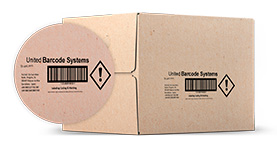
High Resolution
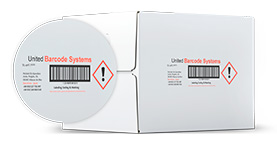
Two colours
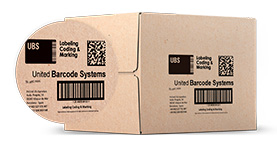
Large surfaces
On the other hand, we also design and manufacture Print & Apply equipment that allows you to apply labels at high rates and in any position: top, side, front, back, corner and double label.

WHAT IS TERTIARY PACKAGING AND HOW TO LABEL IT?
A tertiary packaging is any structure that stacks, groups and supports secondary packaging during transport and also prevents them from suffering any type of damage during the transport of the load. The best known tertiary packaging structure is the pallet.
To label tertiary packaging, you need a Palet Print & Apply system that is capable of printing and applying labels in real time.
The versatility of UBS Print & Apply equipment for pallets allows them to label any palletized load on 1, 2 or 3 sides regardless of the type of pallet and at different heights.

